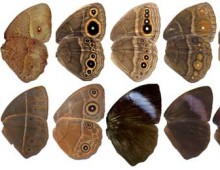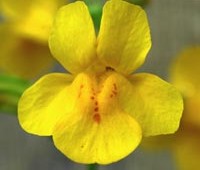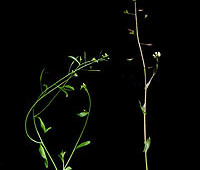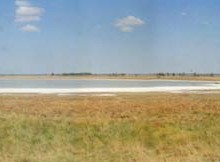Why Sequence Catfish?
Catfish are a two-billion-dollar industry in the United States, representing 68% of all U.S. aquaculture production. Catfish have served as model species for comparative immunology, reproductive physiology, and toxicology among ectothermic vertebrates because of their unique characteristics. This project involves sequencing expressed sequence tags (ESTs) for two closely related catfish species. Channel catfish (Ictalurus punctatus)… [Read More]



